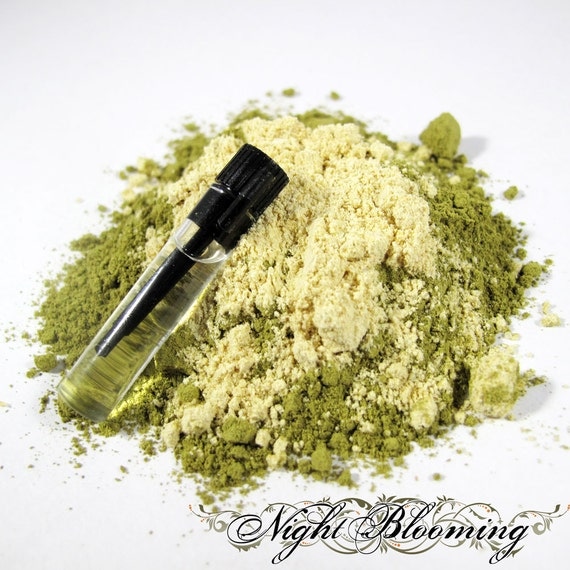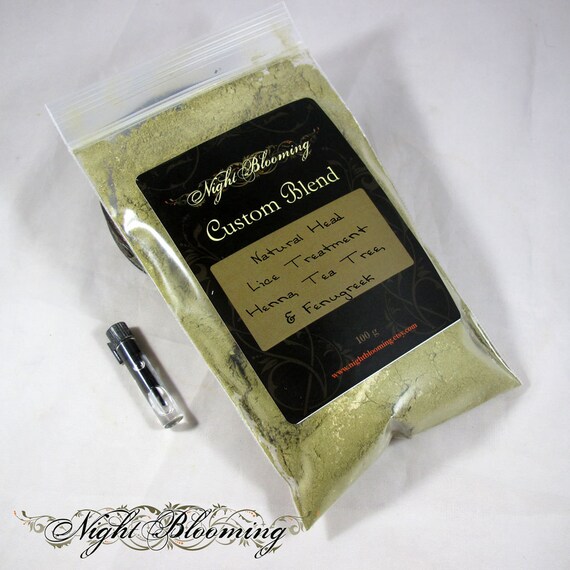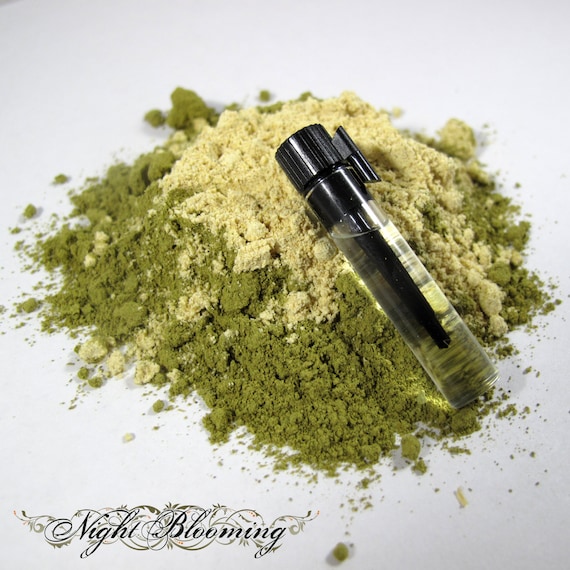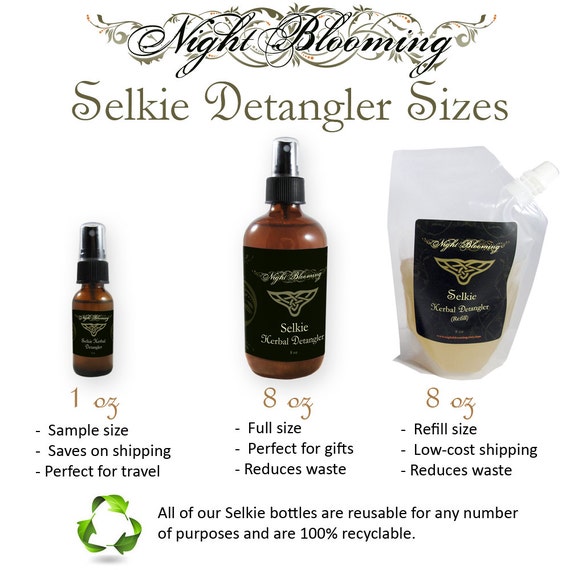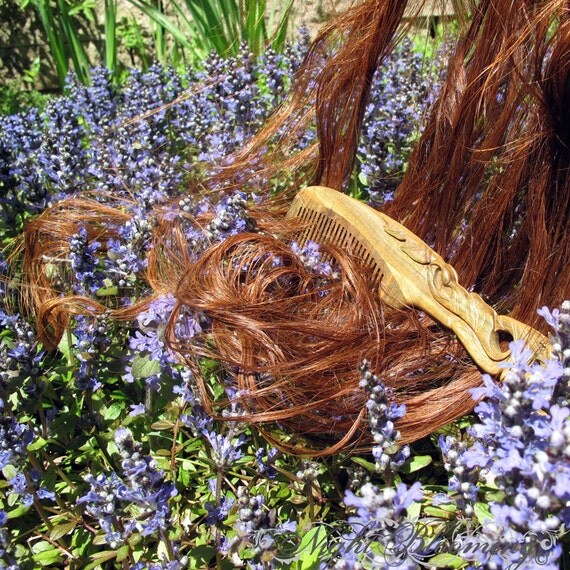Rehabilitating Damaged Hair Naturally: A Guide
Launch Date: August 30th, 2016This book first began as a lengthy article I'd written about how I brought my own hair back from a mass of splits and tangles. In 2013 I expanded to be a full-length guide and offered it as a PDF in the store.
Three years had seen a lot of praise and a lot of hair on the mend! But while the book did a great job explaining how to salvage damaged hair, there was a persistent follow-up question: how do I grow healthy hair?
In August, I'll be launching a new version of the book; it more than doubles in length to 70 pages, adding even more full-color pictures, natural recipes, and greater insight into what causes damage and how to mitigate it. It now delves into how to encourage healthy hair grown with proper nutrition, supplements, natural oils, essential oils, topical applications, and growth-stimulating techniques.
Be on the lookout for pre-order details and special deals for those that already own it, but would like the expanded edition in the new formats!
Coloring Hair Naturally with Henna & Other Herbs: A Guide
Launch Date: September 27th, 2016The only thing I love more with natural dyes than using them on myself is helping others discover and learn how to use them. A project long in development, I am happier than a fairy in a bowl of milk and honey to finally release it.
Over 130 pages, I can sincerely say that after years of reading, researching, and experimenting, this is the most comprehensive, detailed, start-to-finish guide on herbal hair coloring. It is loaded with full-color photos and recipes, explaining not just the how, but also the why and the science behind herbal coloring. As the release date comes closer I'll share more, but it is everything both novices and veterans of herbal hair coloring want in both a starter guide and a go-to-reference all brought together in one book.
What formats will the books be in?
Both books will be offered in ePUB, Mobi, and PDF.
Where will I be able to purchase them?
Both books will be for sale on nightbloominggarden.com (more details on our new site reveal soon!), Etsy, and Amazon.
Will there be print versions?
Sadly not. Because of the great many color photos and graphics in both books it is too cost-prohibitive to do a print run.
What about versions in other languages?
For now the books will be English-only. Much like color printing, the cost of translation and multi-language licensing is more than is possible right now.
Have any thoughts or questions? I'm happy to answer what I can without spoiling future fun!






